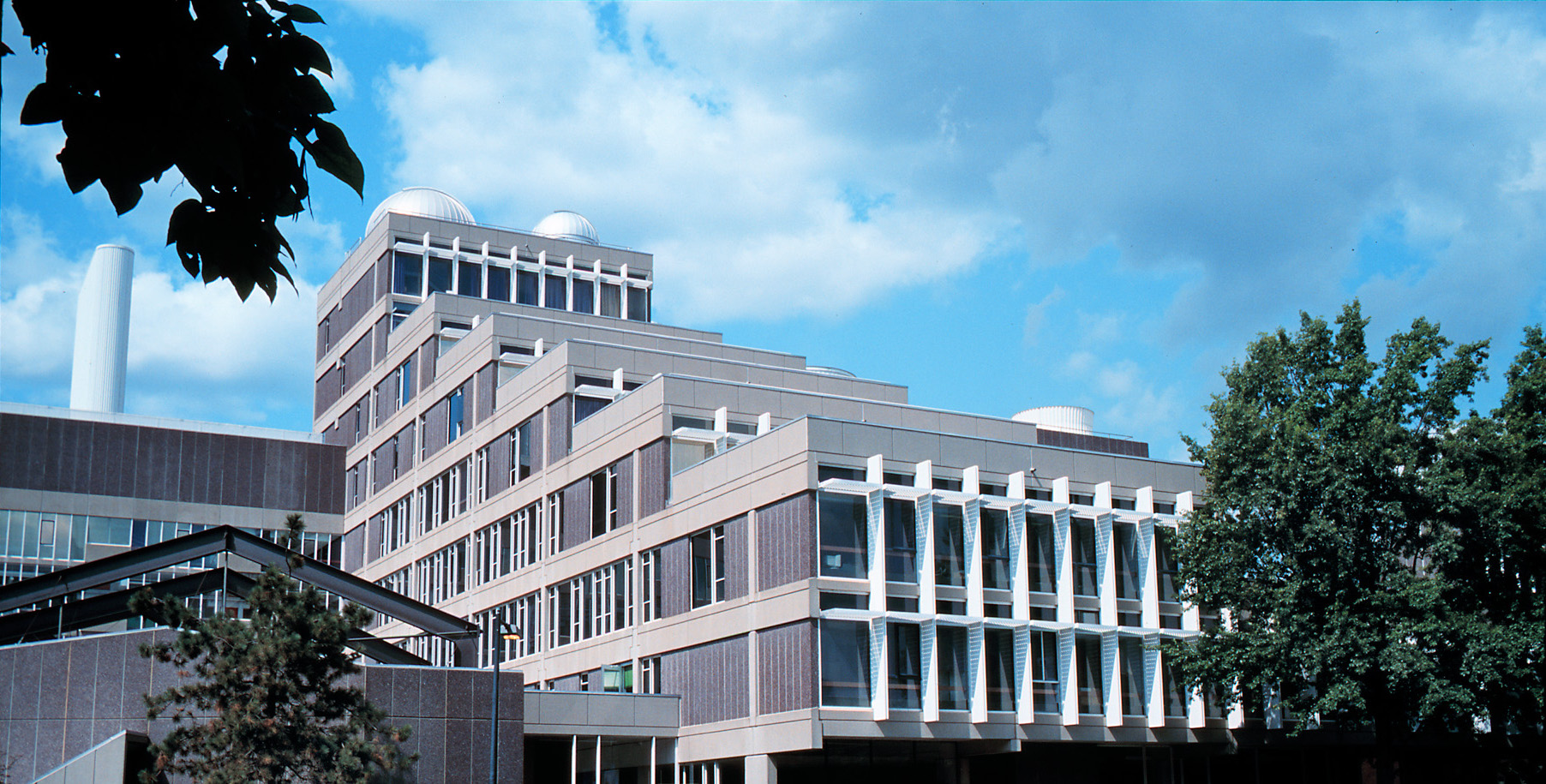
Saturday, April 14
An informal opportunity to get to know the young researchers in the department, with coffee and lunch provided. Talks in SC 507, refreshments in the Austine and Chilton McDonell Common Room.
10:00-10:20 Hiro Tanaka
- Title: Morse theory and associative algebras
- Abstract: I'll talk about some joint work with Jacob Lurie. The main result is that if you think carefully about Morse theory on a point, you discover a new model for associative algebras. Because of time, I won't talk about the upcoming sentence, even though it contains the main motivation: This allows you to reconstruct Morse theory as a deformation problem.
10:25-10:45 Man-Wai Cheung
- Title: Quiver representation and mirror symmetry
- Abstract: Mirror symmetry was motivated by physicists to study a duality between a pair of Calabi-Yau manifold. In order to find mirror pairs, Kontsevich-Soibelman and Gross-Siebert have make use of the structures, scattering diagrams. On the other hand, cluster algebras are developed by Fomin and Zelevinsky to study dual canonical bases of Lusztig. It was discovered that the scattering diagrams are linked to cluster algebras. We are going to discuss the interplay between between algebraic geometry, combinatorics, and algebraic structures.
10:45-11:15 Coffee Break
11:15-11:35 Alison Miller
- Title: Counting Simple Knots via Arithmetic Invariant Theory
- Abstract: Certain knot invariants coming from the Alexander module have natural number-theoretic structure: they can be interpreted as ideal classes in certain rings. In fact, these invariants fit into the structure of arithmetic invariant theory established by Bhargava and Gross. In this context, we can ask the following asymptotic question: how many different possible values can these invariants take for knots whose Alexander polynomial has bounded size? An answer to this question would let us count simple (4q+1)-knots, a family of high-dimensional knots which are completely classified by these invariants. We will discuss what is known for knots of genus 1 and of higher genus.
11:40-12:00 Simion Filip
- Title: What can you do with a group action?
- Abstract: The symmetries of a mathematical object are described by groups, and the larger the group, the better. I'll describe some group actions arising in algebraic and geometric contexts and explain how they can be profitably studied with techniques from dynamical systems.
12:00-13:30 Lunch
13:30-13:50 Tristan Collins
- Title: The Kahler-Ricci flow and algebraic geometry
- Abstract: This talk will introduce some of the connections between the Kahler-Ricci flow and algebraic geometry, mostly via the minimal model program.
13:55-14:15 Sebastien Vasey
- Title: Some ideas at the border of infinite combinatorics, model theory, and category theory
- Abstract: Imagine blending together category theory, infinite combinatorics, and model theory. What field of mathematics will you get, and what will it taste like? I will attempt to answer this in less than twenty minutes. No prerequisites needed!
14:15-14:45 Coffee Break
14:45-15:05 Philip Engel
- Title: Penrose Tilings
- Abstract: I will discuss some conjectures (more like a wish list) about Penrose tilings of Riemann surfaces, and try to justify why such fantasies are plausible.
15:10-15:30 Fabian Haiden
- Title: Geometry of stability conditions
- Abstract:Triangulated (DG or A-infinity) categories can be thought of as non-commutative algebro-geometric spaces. Interest in these categories comes partly from Kontsevich's homological mirror symmetry conjecture. Following ideas of String Theory, Bridgeland attaches a complex manifold Stab(C) of stability conditions to any triangulated category C. For special choice of C (the Fukaya category of a surface) the space Stab(C) is a moduli space of flat surfaces. In general, the structure of Stab(C) is not so well understood. The goal of the talk will be to provide a bird's-eye view on the conjectural contours of the subject.
Organizers: Ana Balibanu (ana@math.harvard.edu) and Hector Pasten (hpasten@math.harvard.edu)